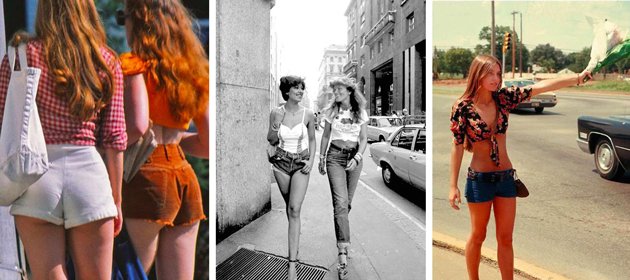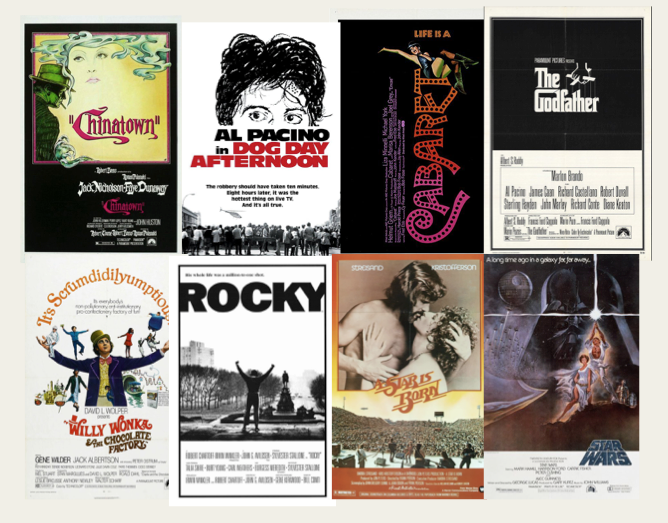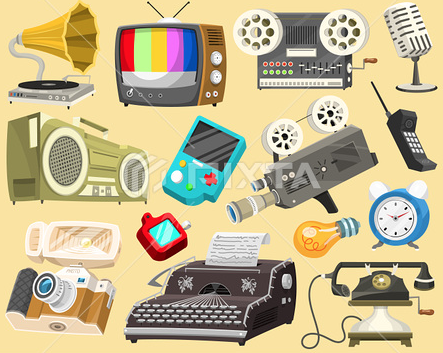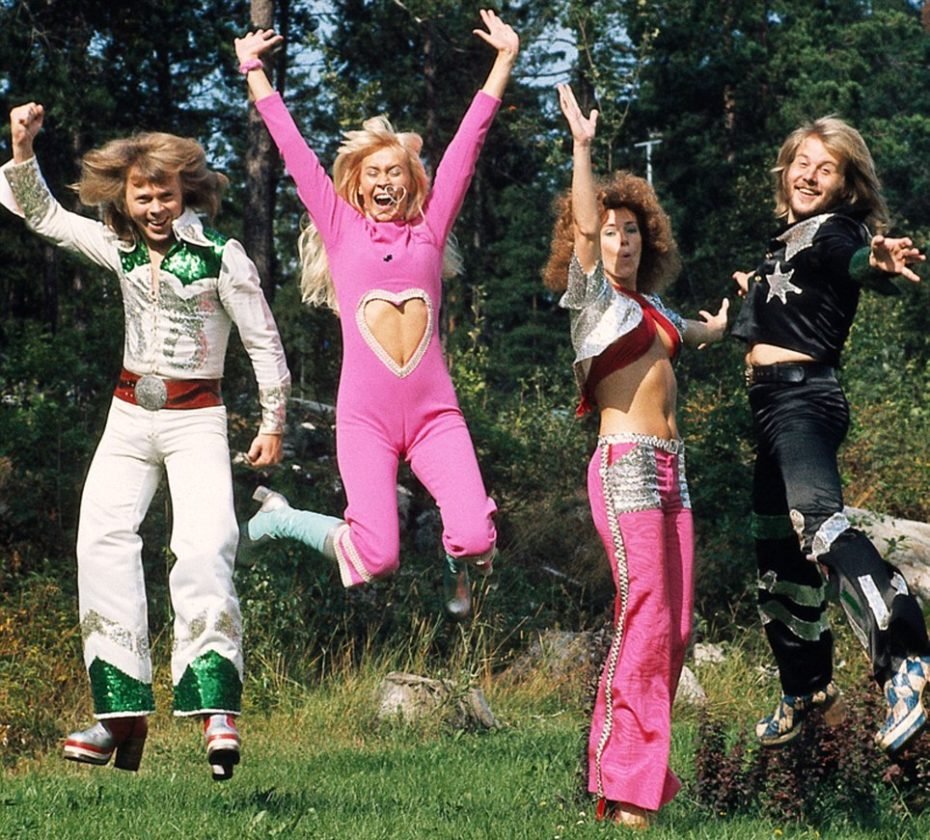Back in Time
Time flies at supersonic speed. A sense of retrospection creeps in the moment a new year rolls in. It is around this time when I usually go on a sentimental journey.
It’s digging up a “blast from the past” collection of memories as I reflect on relationships within my multi-generational family of Baby Boomers (born 1946 – 1964), Gen X (born 1965 – 1980), Gen Y (born 1981–1996) and Gen Z (born 1997– 2010). Luckily, we are able to appreciate the generational gaps (although there are moments when eyes would be rolling between the Boomers and the Zoomers).
1970s street fashion (Image: themindcircle.com)
Nowadays, we often hear the terms MZ (shortcut for “millennials to Gen Zers”), and Gen Alpha (born in and after 2010) who have been weaned on a full digital diet even before they could walk and talk.
‘Generation gap’ is usually the default phrase we use whenever adults (usually represented by parents) and the young disagree on something. It could be anything: beliefs, politics, values, music, friends, clothes, hairstyle, homework, curfew, relationships, movies, diet and so on.
Sneaker culture takes off in 2019 (Image: prettyphresh.com)
Don’t get me wrong. I embrace the generation gap. Living in the presence of mixed generations allows us to look at the same thing with diverse perspectives. It nudges us to be more open to new insights and ideas, thus encouraging assimilation, tolerance and finding a “middle ground” without compromising one’s values.
I can’t help but compare our children’s generations to ours. There are marked differences. When we were their age we were more timid and cautious. They are more outspoken, more open-minded, more independent, more adventurous, more ambitious and think differently. They are fickle, hard-to-please and unorthodox.
The Digital Era has created a borderless, almost wireless, world. Today’s MZers are exposed to a bewildering array of supersonic subcultures that created distinct communities such as K-pop, K-drama, cosplay, eSports, goth, streetwear gamers, videogamers, socio-environmental activists, LGBT, etc.
Social media has further established subspaces of “influencers” within these communities that incessantly changes the way the YouTube and TikTok generation meet, express themselves, exchange views, form opinions and make life choices.
We are in an era where information is the currency that prompts (often induces) substantial shifts in ideologies as well as behaviour at work, consumption and commerce – all of which have fine-tuned the science of demographics that allows marketers to sway us into switching brands that align with our values and what we aspire for.
Uncluttered tales from the ‘70s
Back in the Seventies, my teen friends and I were not even considered a ‘market’ yet.
Our kids would probably roll their eyes but the truth is growing up in the Seventies is worth remembering. Life was simpler, less cluttered. There were no 24-hour cable and streaming channels, Google goggles, social media, Spotify, YouTube, TikTok, podcasts and TED Talks.
Streaming channels switched our viewing habits around 2013 (Image: Netflix)
Starting mid-2000s audio streaming and media services dramatically changed how we listen to music (Image: Spotify)
In short, there was no Wi-Fi and Internet that kept us glued on our smartphones and tablets. Which meant lights out by 10:00 pm!
Entertainment revolved around watching primetime TV (Hawaii Five-O, Charlie’s Angels, Mork & Mindy, Love Boat and The Muppet Show) on a Zenith square box with an attached aerial antenna manually twisted to get clearer pictures. There were no AppleTV, Netflix, HBO, Hulu, Amazon Prime Video, Disney+ and Discovery.
Iconic films in the ‘70s (Image: www.esquire.com)
Popular music albums in the ‘70s (Image: pastemagazine.com)
We listened to our generation’s music (Born To Run, My Sharona, Bohemian Rhapsody, Imagine, Let It Be, YMCA, I Will Survive, American Pie, Stayin’ Alive, Top of the World, Ain’t No Mountain High Enough, I Heard It Through the Grapevine) on transistorised AM-FM radio or then-funky cassette tape decks. MTV, Tidal, iTunes, Qobuz, Spotify, Pandora, CDs and videokes were not even existing yet.
The language and words we used had totally different meanings, too.
Fast lane referred to the left side of the road when one was driving along the expressway. Coke was strictly a soft drink, hash was fried string potatoes served piping hot with fried pork chops, speed referred to motion and ecstasy was the opposite of agony.
Aids were helpers in the Principal's office, chip meant a piece of wood, hardware was found in a hardware store and software was not even a word yet. You’ve got mail meant the postman delivering a white envelope with stamps containing a handwritten letter inked on white bond paper at your doorstep. We had face-to-face chats with friends along campus corridors, not on Facetime, Zoom or any online chat rooms.
When we talked about games it usually referred to jack stones, skip rope, Snakes N Ladder, boggle, scrabble, truth-or-dare. PlayStation, Nintendo, Xbox and Sega were not even household names yet. And yes, billiard halls then were for the delinquent boys who skipped school, not trendy entertainment centers.
Iconic devices in the ‘70s (Image: pixtastock.com)
Fast food was what people ate during Lent. Home-cooked meals were literally cooked in the family kitchen three times a day, and made with fresh ingredients bought from a nearby wet market where mothers made daily trips to with their worn out straw baskets, not delivered by Amazon or Redmart. Frozen food, instant ramen and soup cubes were absolutely unheard of.
Timeshare meant time the family spent together during dinners and weekends — not purchasing a condominium unit that one alternately shared with others during holidays under a pre-arranged time-sharing scheme.
Sundays were set aside for worship and family lunches with our grandparents, cousins, aunts and uncles. It was a time when every family inculcated courtesy and respect in the young. We addressed grown-ups and our elders Sir, Ma’am, aunty, uncle. We were considerate in our ways and gentle in speech, not because it was politically correct but because it was simply good manners. It still is.
Around the house, there were no dishwashers, washing machines, clothes dryers or steam irons. Clothes were hung out to dry al fresco.
There was also the matter of fashion. It was the ‘look' that counted, not the brand that one wore. There were no Nike, Prada, Gucci, Swatch, Ferragamo, Armani, Louis Vuitton, Adidas, Issey Miyake that seasonally decreed what’s hip and what’s not.
Popular ABBA fashion trend in the ‘70s (Image: messynessychic.com)
Girls wore earrings on their earlobes, not their belly or nose. Every other girl in town sported a pair of cotton pants or skirt called hipsters minus pierced navels. For cosmetics there was Kokuryo, Bobbie Brown, Max Factor, Elizabeth Arden and Olay. I distinctly remember the familiar door-to-door Avon lady selling and delivering cosmetics to my mom.
An average girl’s hair care routine consisted of one-step Gee, Your Hair Smells Terrific shampoo. Keratin treatments, bleaching, hot oil, waxing, and 3-in-1 shampoos were practically non-existent.
Boys wouldn’t be caught dead with pierced body parts. Flare blue jeans, corduroy bell-bottom or elephant pants, chunky platform shoes and long sleeves shirts with upturned collars were just the thing to wear at parties or discos.
Grooming for boys meant taking a quick shower with soap and water, and finishing off with a splash of Jovan cologne. For special occasions — or whenever they were bold enough to try — they experimented with Brylcreem or Tancho Tic to add sheen to their hair. Spray gels, aromatic liquid soaps, bubble bath salts and leave-on conditioners were light years away.
We felt rich with a crisp ten-dollar bill in our pocket. We could pay for a movie and still had enough loose change to afford a hamburger and a bottle of Coke. Pizza Hut and McDonald’s were cool hangout places.
Our generation X, Y, Z kids probably think that we are old school, but we grew up in an environment before Tinder, Tiktok, Spotify, Facebook, Instagram, WhatsApp, Messenger, Viber, Twitter, Pinterest, Telegram, LinkedIn, Google+ and YouTube.
Smart watches that mirror the apps on your smart phone (Image: Apple)
Smart phones just get smarter every year (Image: the guardian.com)
We were nurtured in an atmosphere where the four Cs stood for courtesy, character, caring and charisma – not car, cash, career and condominium.
However, that is not to say that we can’t pass on the timeless foundational values we learned from generations before us. We can and we should. But we should not disparage the younger generations just because of our differences. Instead we should nurture their values rooted in creativity, innovation, entrepreneurship, self-achievement, intellectualism, sustainability, progressiveness and optimism.
I am sure that when their turn comes the MZers in my family would grapple with generation gap matters with their own Gen Alpha kids. The majority of this demographic is under 12 years of age, but the oldest of them will become teens in 2023. I would not be surprised if they’d look back to their youth with nostalgia and sigh, “Those were the days...”
I hope that my son, nephews and nieces would also be open to embracing the gen gap because, honestly, we could really learn a thing or two from the young.
Debbie | ws
